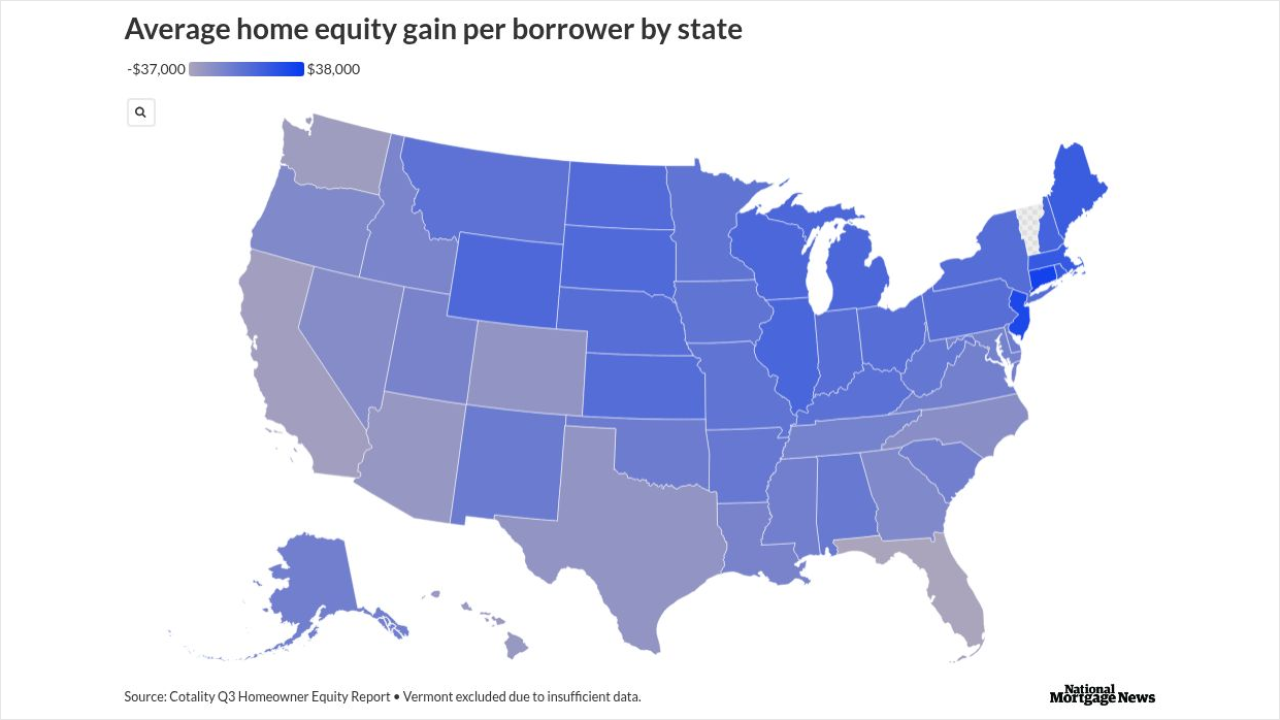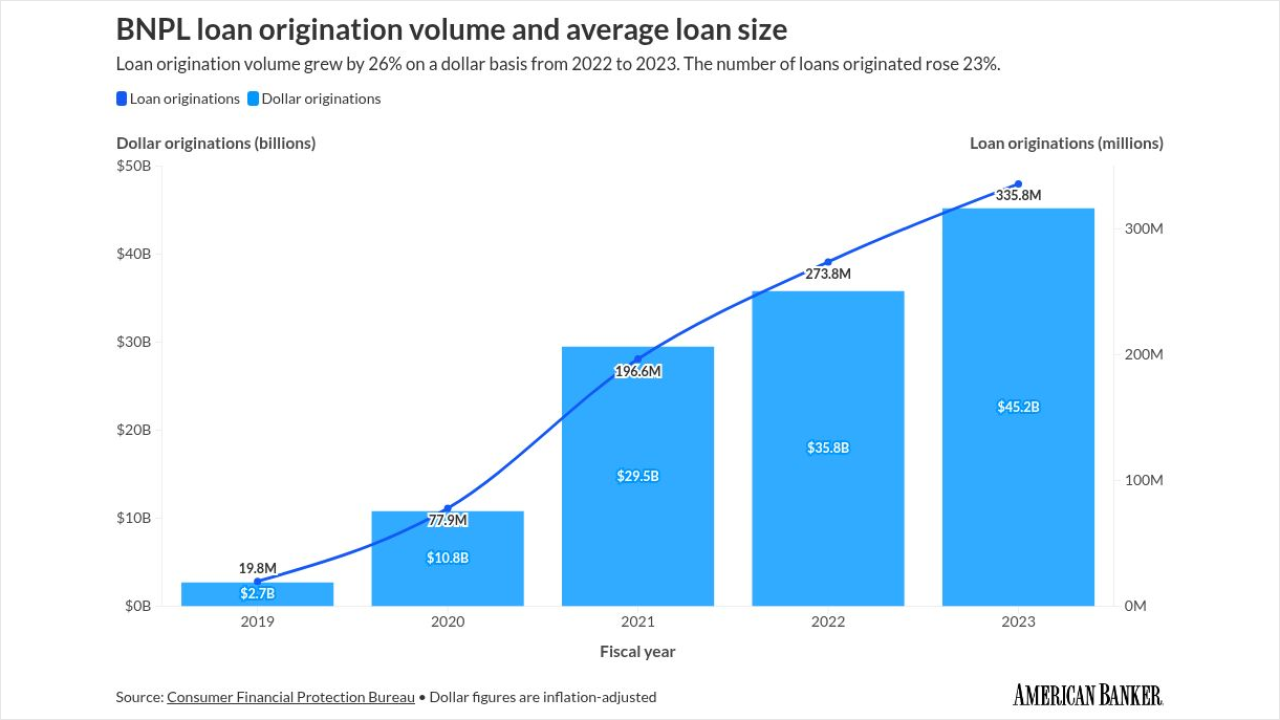(Bloomberg) -- Long-dated bonds are looking more attractive as governments and central banks take steps to curb the glut in that segment of the market, according to
With debt offices slashing sales of longer-maturity debt and central banks easing the pace at which they offload the securities held on their balance sheets, the recent drop in 30-year bond yields is likely to run further, said Seamus Mac Gorain, head of rates at the $3.4 trillion firm.
The fund favors longer-dated British and Australian bonds, and is also positioned for Japan's yield curve to flatten, led by long-end outperformance.
"The past few years has been about the excess of government bonds but the tide is changing," Mac Gorain said in an interview, noting that officials are aware of the drop in buying interest for long-dated bonds, and are pro-actively realigning supply.
"The government and official sector are now trying to address that supply-demand imbalance a little bit," he said.
The selloff in long bonds panicked markets earlier this year, when concerns grew about swelling government deficits. However, since early-September, yields on 30-year Treasuries have slumped over 30 basis points, while UK gilt yields are down 55 basis points. Japanese long yields have dropped 30 basis points from their early-October record high.
One reason for the recent calm is a shift in debt issuance toward shorter maturities from countries such as Japan and the UK. Meanwhile, the US Treasury has employed buybacks to ease pressure on the long-end.
In addition, the Federal Reserve, the Bank of England and the Bank of Canada have all been tweaking their quantitative tightening programs, and slowing the pace at which they shrink their crisis-era portfolios. The Fed said this week it will halt its $5 billion-a-month runoff of Treasuries from Dec. 1.
"It helps that central banks are shifting away from QT now," Mac Gorain said.
In the US, easing banks' capital requirements and the Trump administration's push to advance stablecoins is also expected to support Treasuries. The former could cause yields to fall by tens of basis points, Treasury Secretary Scott Bessent has said.
The concerns haven't entirely abated, with governments in the developed world struggling to fund wide-ranging defense and environmental projects. Many pension funds — typically some of the biggest buyers of long-term government debt — are also shifting exposure toward riskier assets to meet the needs of aging populations.
Mac Gorain acknowledges that an inflation resurgence is the biggest risk to his outlook, but expects officials to be on guard for signs they need to support long-end bonds.
"It's pretty clear that if we did get an episode where the back-end is trading really poorly again, there will be a response," he said. "They're not going to stand idly by while you have very high long-term yields."
More stories like this are available on bloomberg.com






